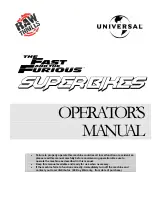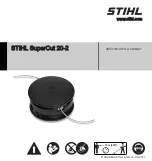
Technical Manual
Airbridge BTS3612A CDMA Base Station
System Principle
Chapter 8 BTS Configuration
8-7
8.3.4 Transmission Equipment
The transmission equipment is optional. The BTS3612A is connected to the
transmission equipment through standard E1/T1 interface. Within the BTS3612A,
standard space is reserved for installing microwave, HDSL or SDH transmission
equipment.
8.4 Configuration of Antenna and Feeder
I. RF antennaand feeder
Two omni antennae should be used for omni cell.
For 3-sectors and 6-sectors configuration, each sector needs one bi-polarization
antenna or two uni-polarization antennae.
When the BTS works in the 1900MHz band, tower-top amplifier may be applied.
Because the power of tower-top amplifier is provided through the feeder, lightening
arrester shall be configured for the RF antenna and feeder.
When the BTS works in 450MHz band or 800MHz band, the tower-top amplifier and
lightening arrester need not to be configured.
II. GPS/GLONASS synchronization antenna and feeder
Normally, one set of GPS/GLONASS synchronization antenna and feeder is
configured for one BTS3612A.
However, when two BCKMs are configured for BTS3612A for the purpose of higher
system reliability, each of the two BCKMs requires one set of GPS/GLONASS
synchronization antenna and feeder. If one set of the two fails, the BCKMs will be
switched over and the synchronization signals will be received through the other
synchronization antenna and feeder.
8.5 Networking Configuration
The BTS3612A supports star networking, chain networking and tree networking, In
practice, these networking modes are usually used together.
The proper utilization of different networking modes can save a lot of transmission
equipment with the guaranty of Quality of Service (QoS).
















































